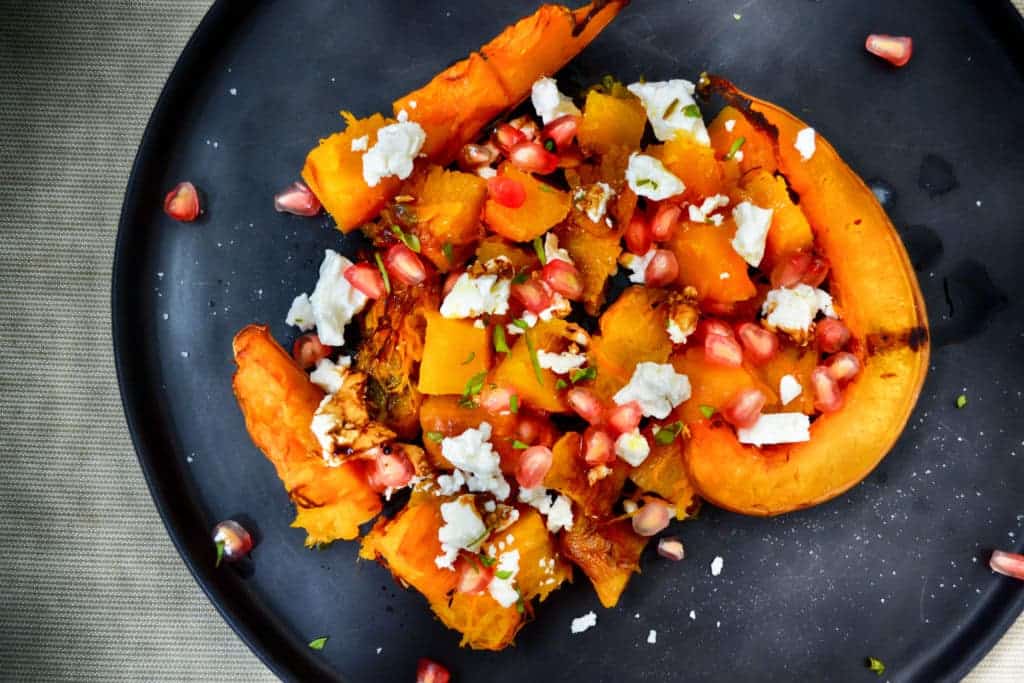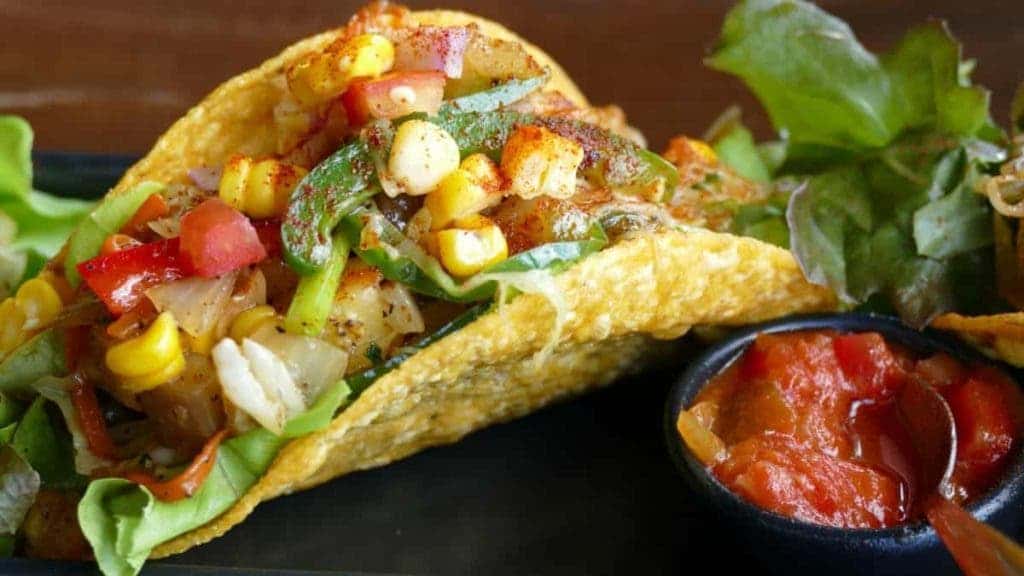As the world prepares for a population of 10 billion people, we are faced with the fact that our eating habits are unsustainable and need to be changed. Researchers have now proposed a healthy and diverse diet which can accommodate this huge number of people and is available to a wide range of geographies and budgets.

We don’t often think about it, but all our food comes from somewhere — it uses resources such as land and water, it needs to be transported, stored, and so on. Some foods are better than others, needing fewer resources and maintenance — often times, these are also the foods which are healthier for us. With this in mind, a team of researchers set out to develop a so-called planetary diet — a diet which doesn’t only focus on the people but also on the planet.
The diet was designed by the EAT-Lancet commission, comprised of experts from the Norway-based thinktank Eat and the British journal the Lancet. The team boasts world-leading researchers in nutrition, health, farming, sustainability and policy from across the world. Together, they spent two years on this project, creating guidelines that can feed 10 billion people, ensure that habitat destruction is reduced, minimize greenhouse gas emissions and save water.
So what should you eat?
If you like meat — that’s the first problem. It’s not like you can’t eat meat at all, but one burger or big steak a week is pretty much it. Worldwide, livestock accounts for between 14.5 and 18% of human-induced greenhouse gas emissions, and it also requires vast areas of land. You can sneak in a couple of portions of chicken and fish every week though, and you get to drink a glass of milk (or a couple of cheese slices every day) — but the rest needs to come from plants.
Fruit and vegetables should make about half of what’s on our plates. However, we should place less emphasis on starchy vegetables such as the potato or cassava, which is very popular in Africa.
The good news is that you can easily get all your necessary protein and carbs with a planetary diet, and it features substantially more fiber than most of us eat, which is excellent for your health. Here’s an example of what an average day’s diet would comprise:
- Nuts – 50g a day;
- Beans, chickpeas, lentils and other legumes – 75g a day;
- Fish – 28g a day;
- Eggs – 13g a day (so 2 medium eggs a week);
- Meat – 14g a day of red meat and 29g a day of chicken (more likely, this would be compressed into a portion every week);
- Carbs – whole grains like bread and rice 232g a day and 50g a day of starchy vegetables;
- Dairy – 250g – the equivalent of one glass of milk;
- Vegetables – (300g) and fruit (200g);
Here’s the thing: there’s a great deal of variety in this. You can take all these foods and put them together in numerous different and tasty dishes — and this is only an example. You can easily devise a great variety of nutritious and delicious foods. Here are just a few examples:

Breakfast
- The simplest choice would be milk & cereal or granola, with some nuts and fruits;
- Whole wheat toast with jam or fruits;
- Rice pudding with fruit syrup;
Lunch
- Whole bread sandwiches with cheese, lettuce, and tomato (maybe a slice of ham or chicken);
- A bean and rice chili, with peppers and veggies;
- Mushroom risotto with a vegetable stir-fry;
- You have five meat servings over the week (one meat, two fish, two chicken). Of course, you can substitute these around, and say have six chicken servings over the week and only one meatless day. However, reducing meat consumption is one of the keys of this diet.
Dinner
- Whole wheat pasta would be a very strong contender — and as we all know, there’s a million ways to make pasta. Go easy on the meat and cheese, and you’re good to go;
- Salads are another good idea, and they don’t need to be green leafy salads either — mix in some carrots, apples, or even a bit of fish;
- A warming curry with lentil and green beans;
- Cauliflower cheese.
Cut down food waste

However, this is only the first step, and we also need to work on the other end: food waste. The Eat-Lancet emphasizes that we need to drastically curb our food waste. Considering that 2 billion people are micronutrient deficient, and almost 1 billion go hungry — while 2.1 billion adults are overweight or obese, the problem is easy to understand. We waste an ungodly amount of food (approximately 1.3 billion tonnes every year), and that needs to be reduced drastically.
Furthermore, this approach would also make the world much healthier. Unhealthy diets are, the report says, have become “the largest global burden of disease”, posing a greater threat than “unsafe sex, alcohol, drug, and tobacco use combined.”
Most importantly, these foods (or readily available alternatives) are found all over the world. Of course, something that is available in Washington D.C. might not be easy to find in Paris or Rio de Janeiro. Having adaptable foods is the crux of this approach, which is not a strict diet, but rather a lifestyle which is better for you and better for the planet.
The world is soon nearing a decisive moment. With global warming reaching catastrophic levels, with a growing population and an ever-increasing strain on the planet’s resources, we need to find a way to feed the world sustainably. If that means giving up on meat and potatoes every once in a while, you can count me in.


